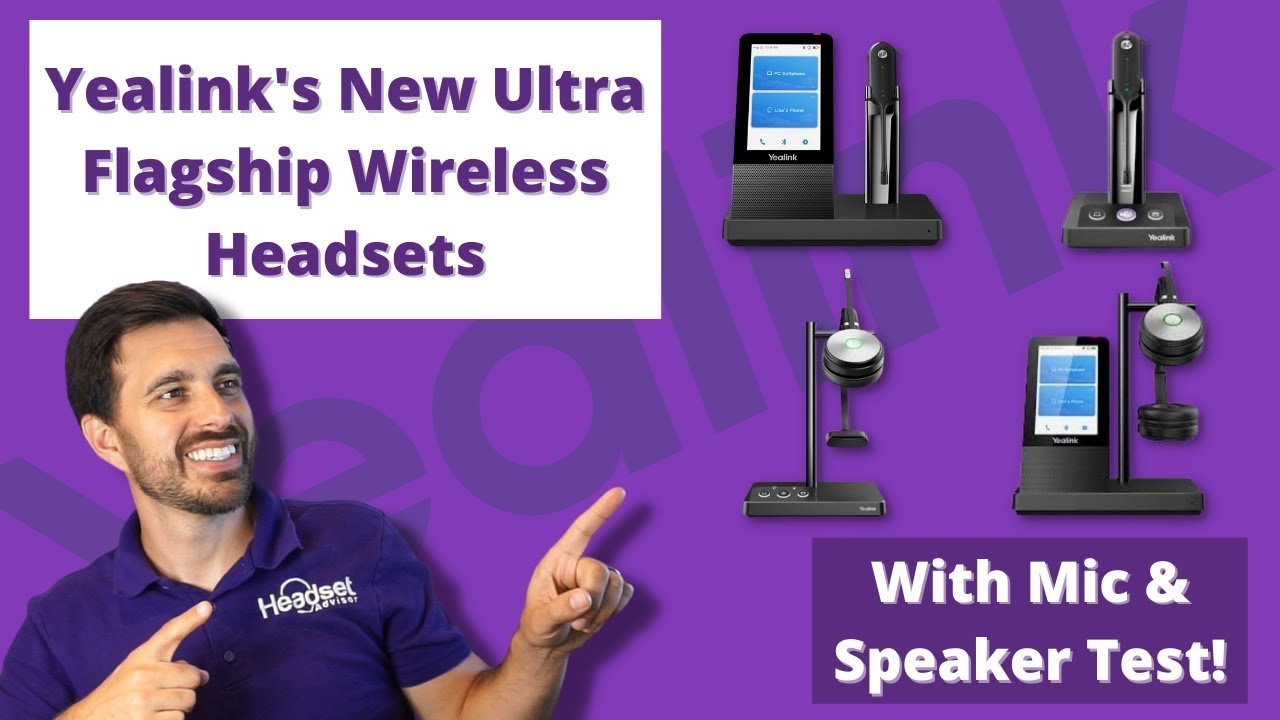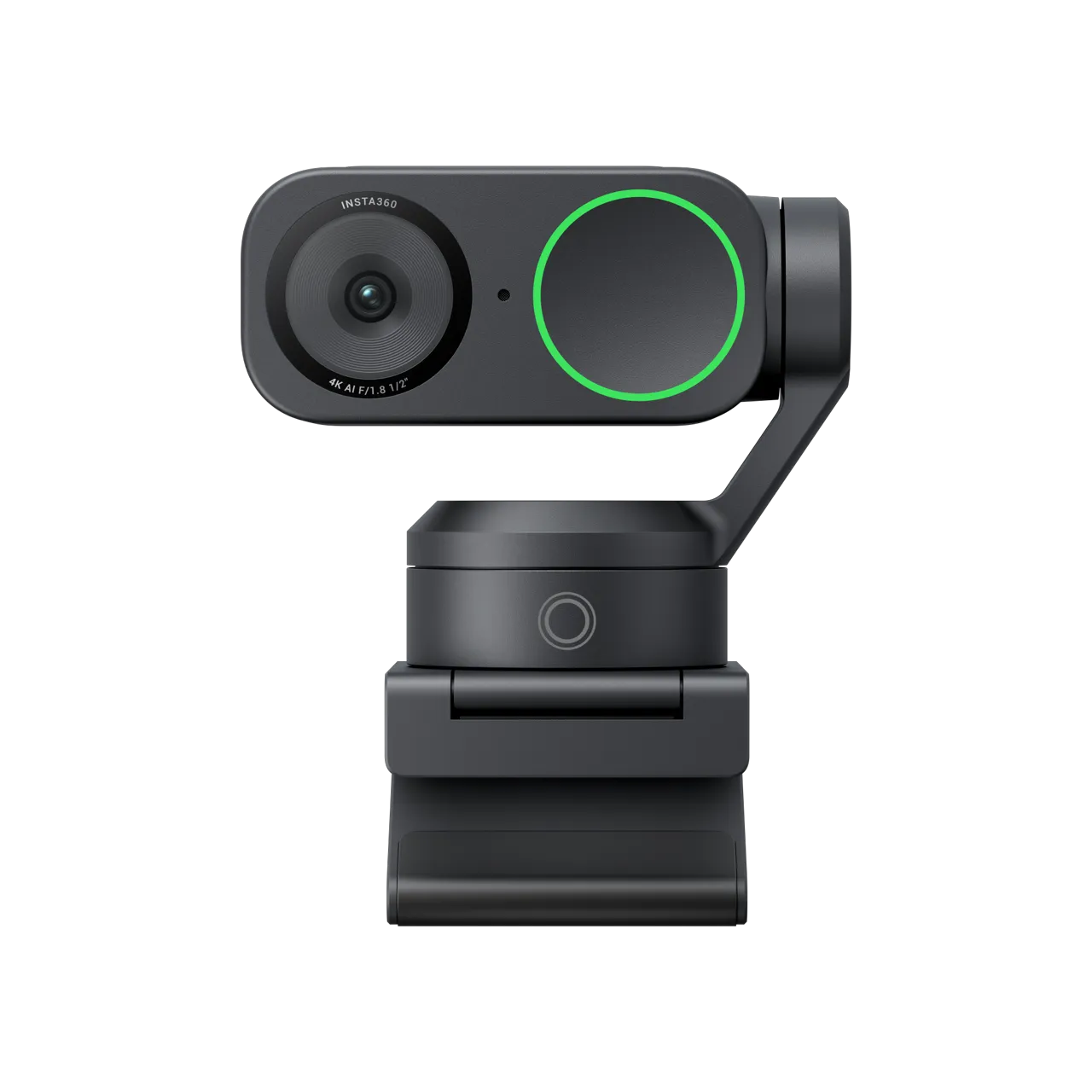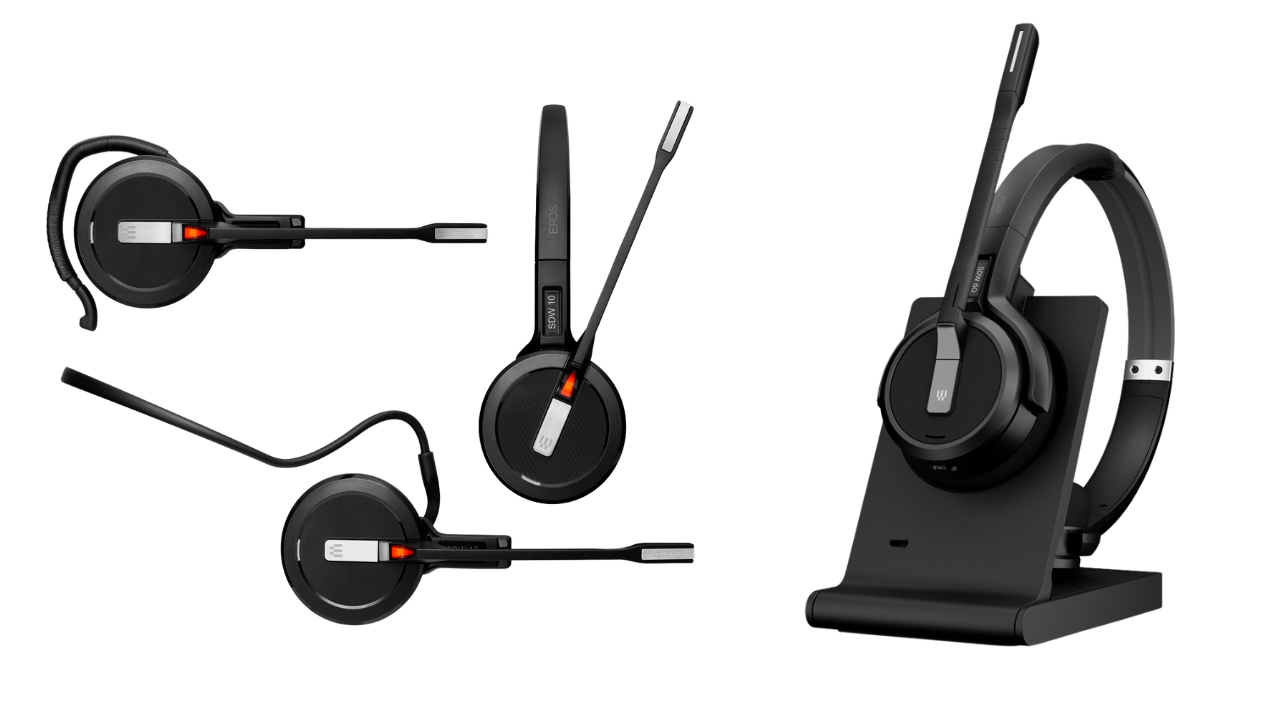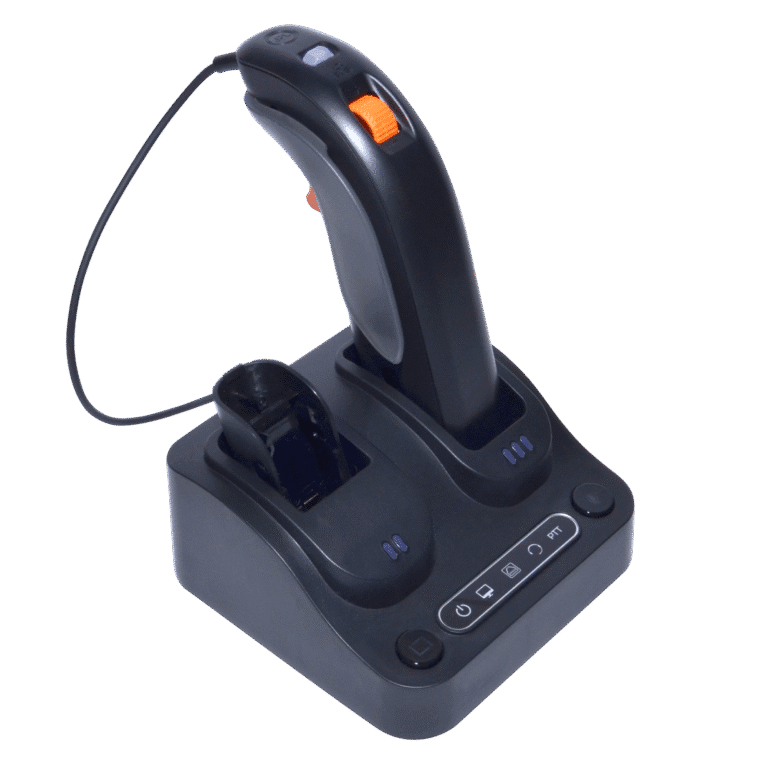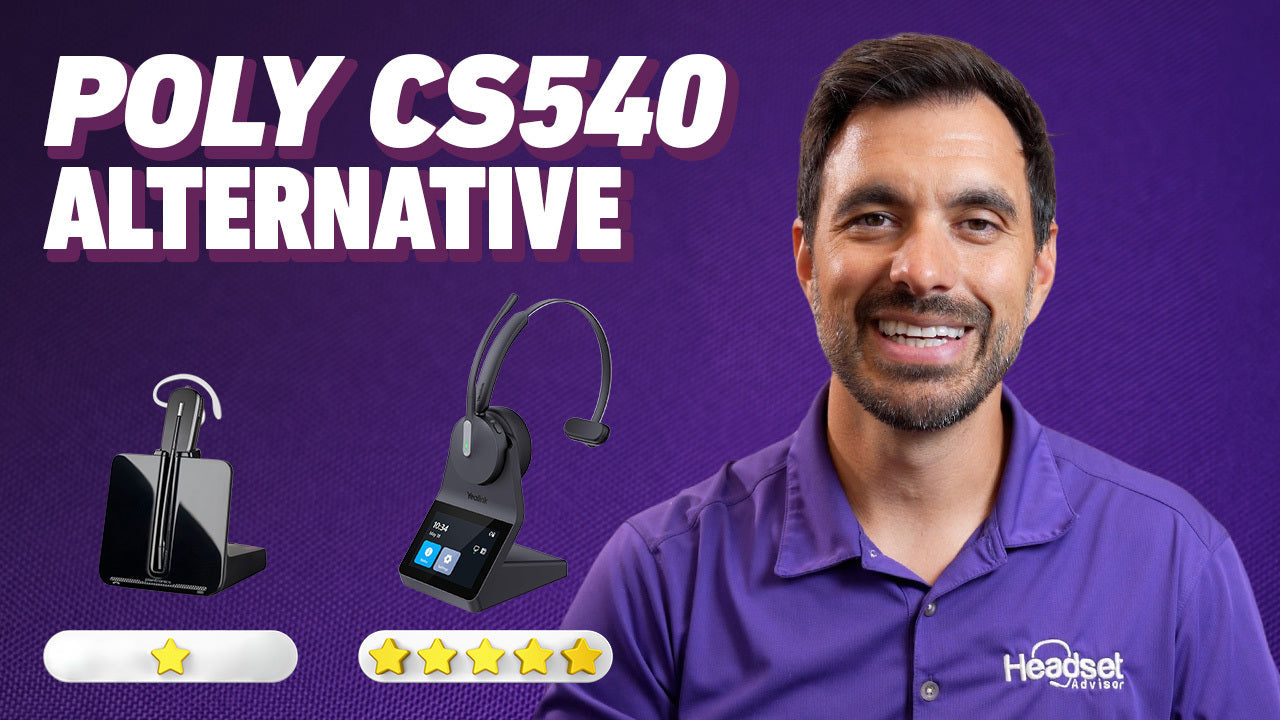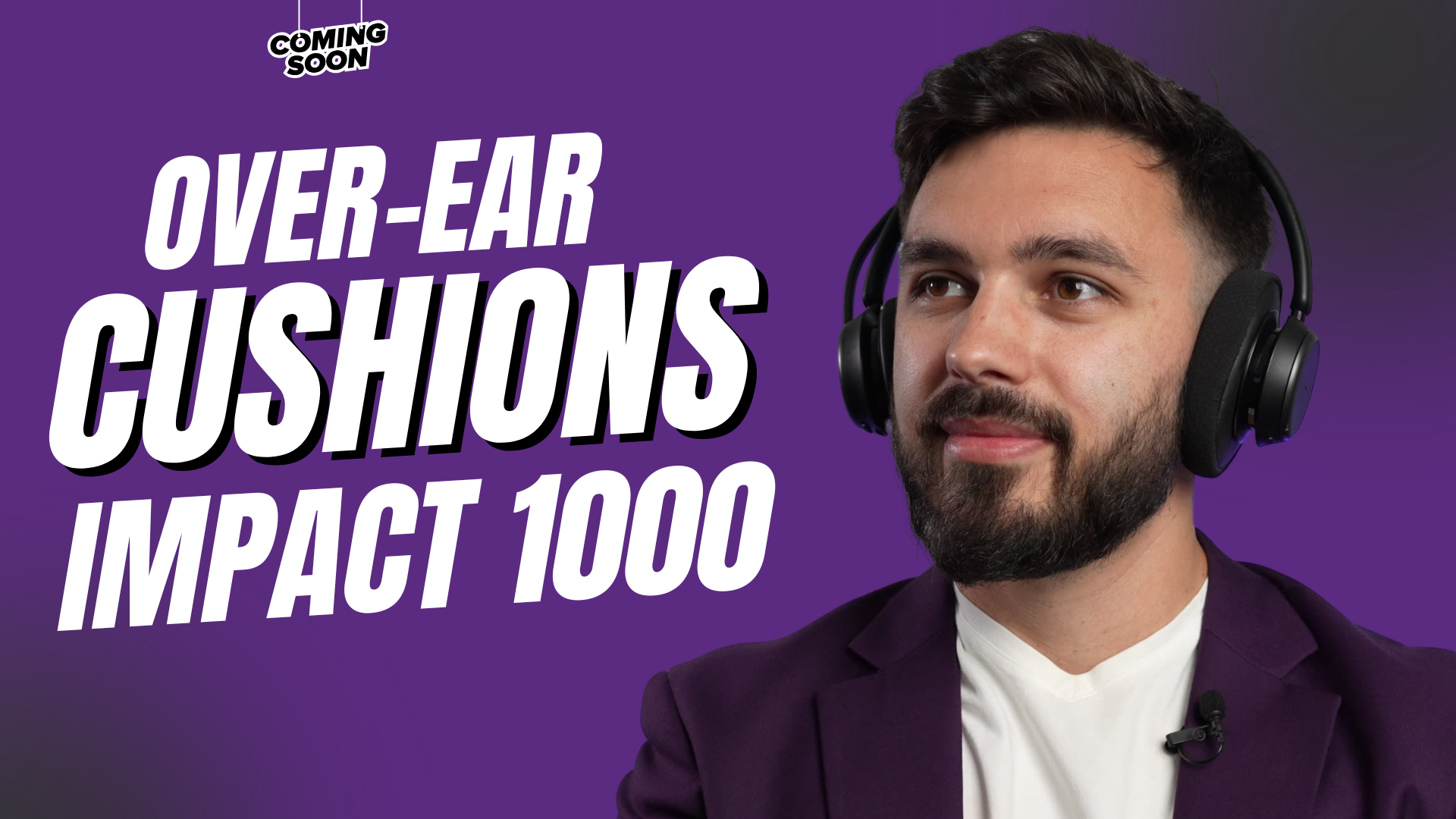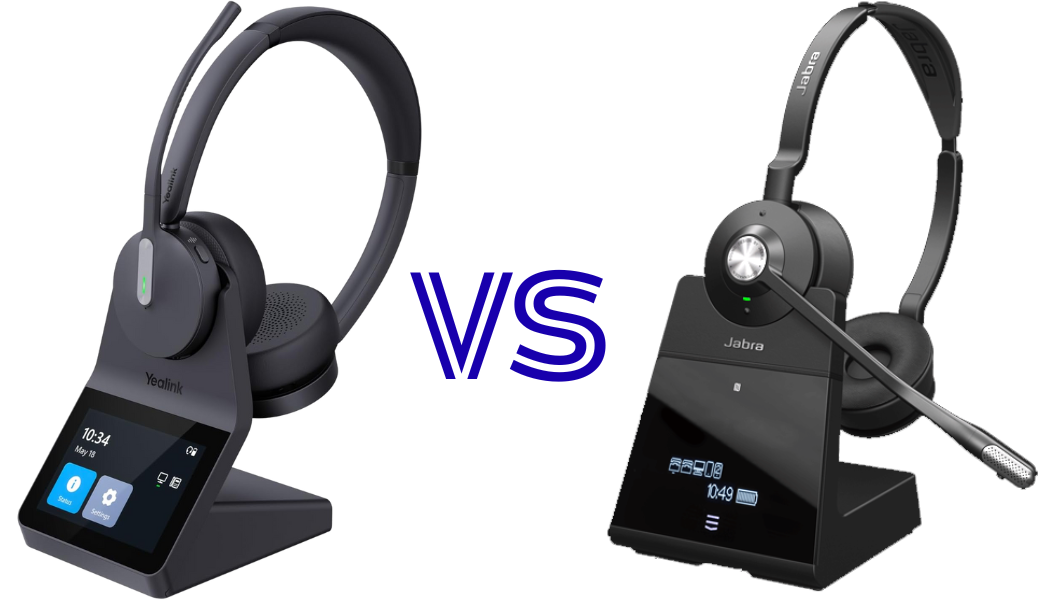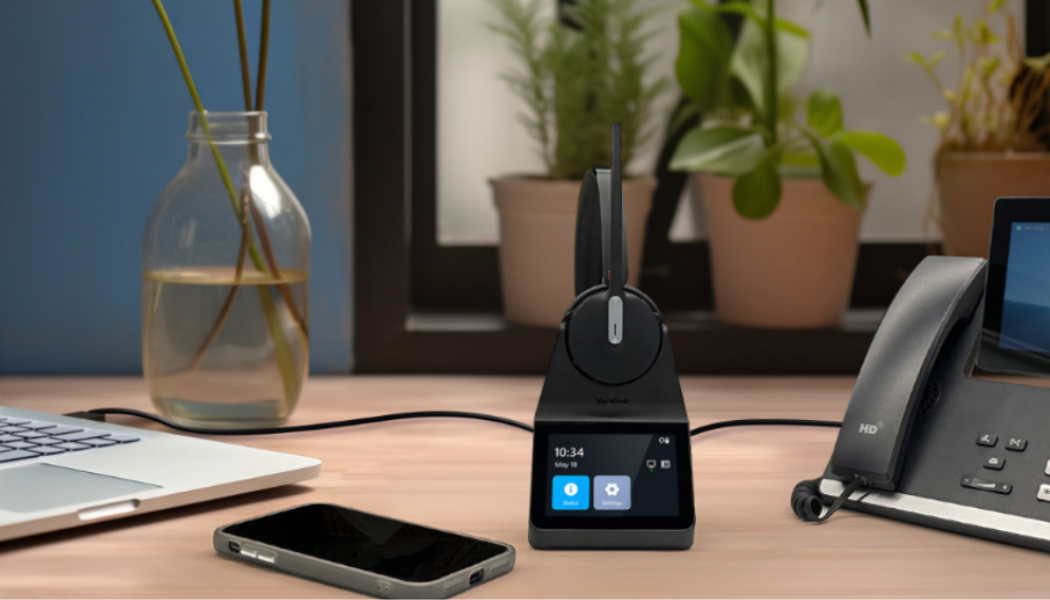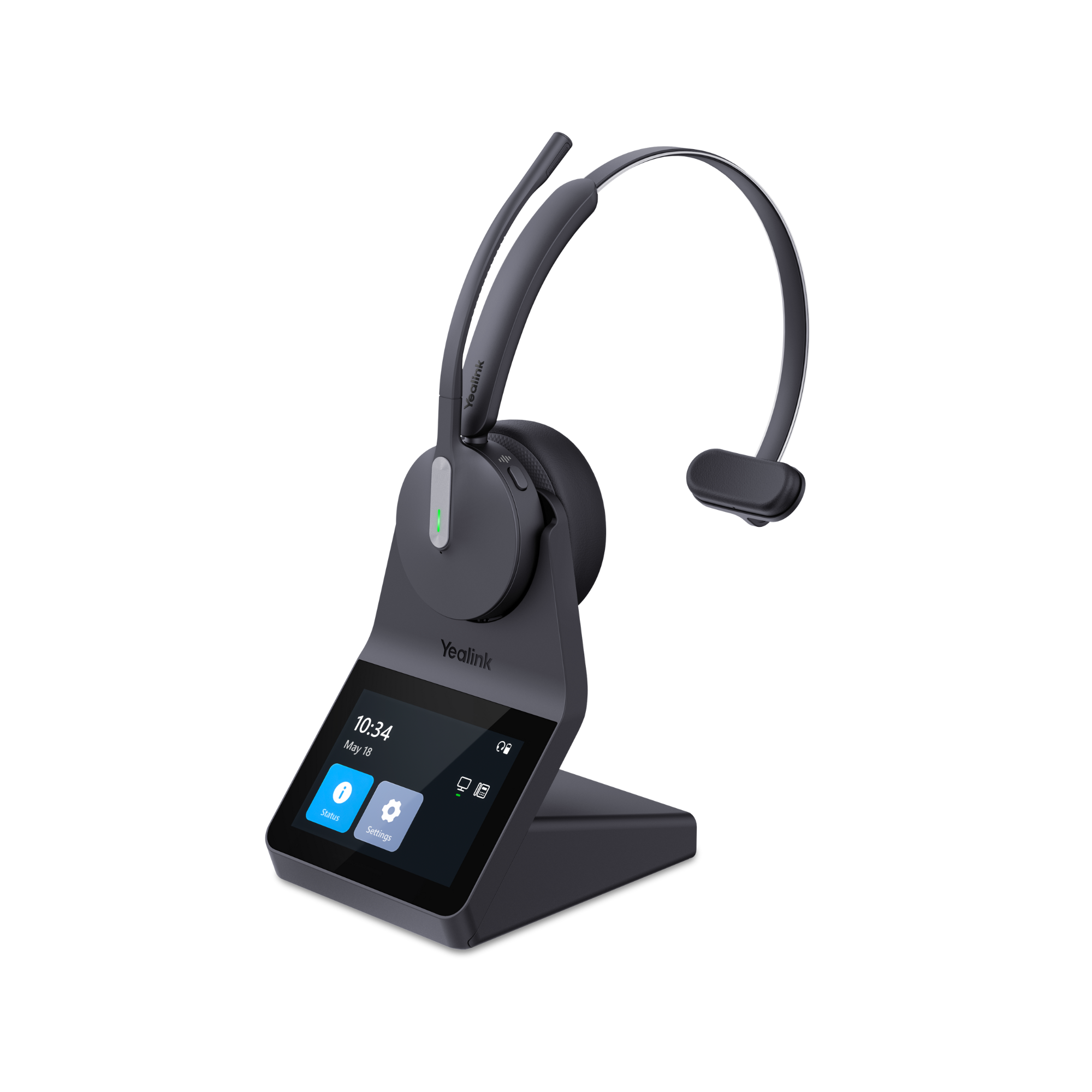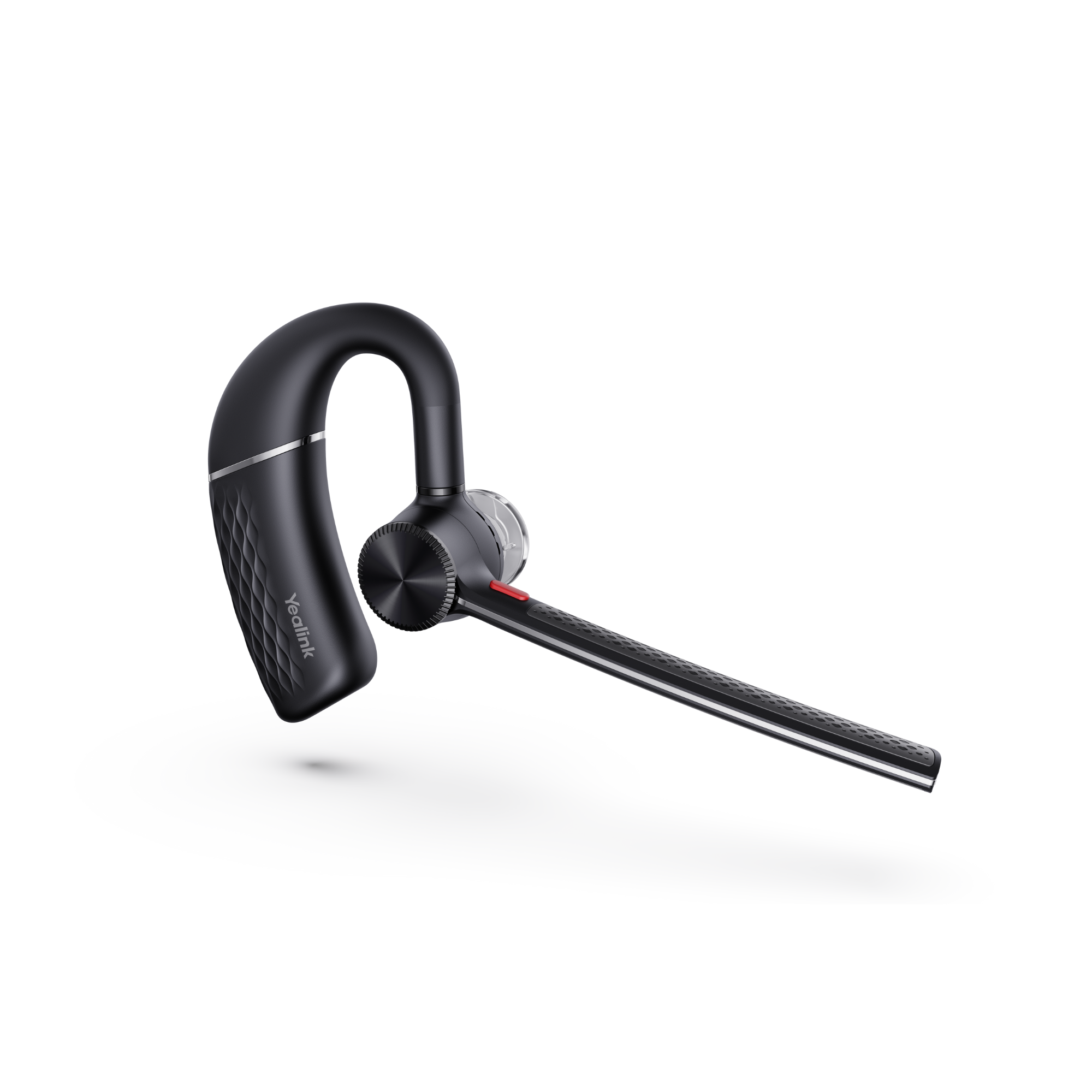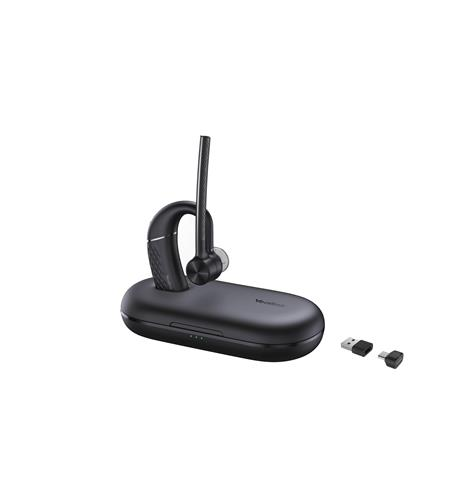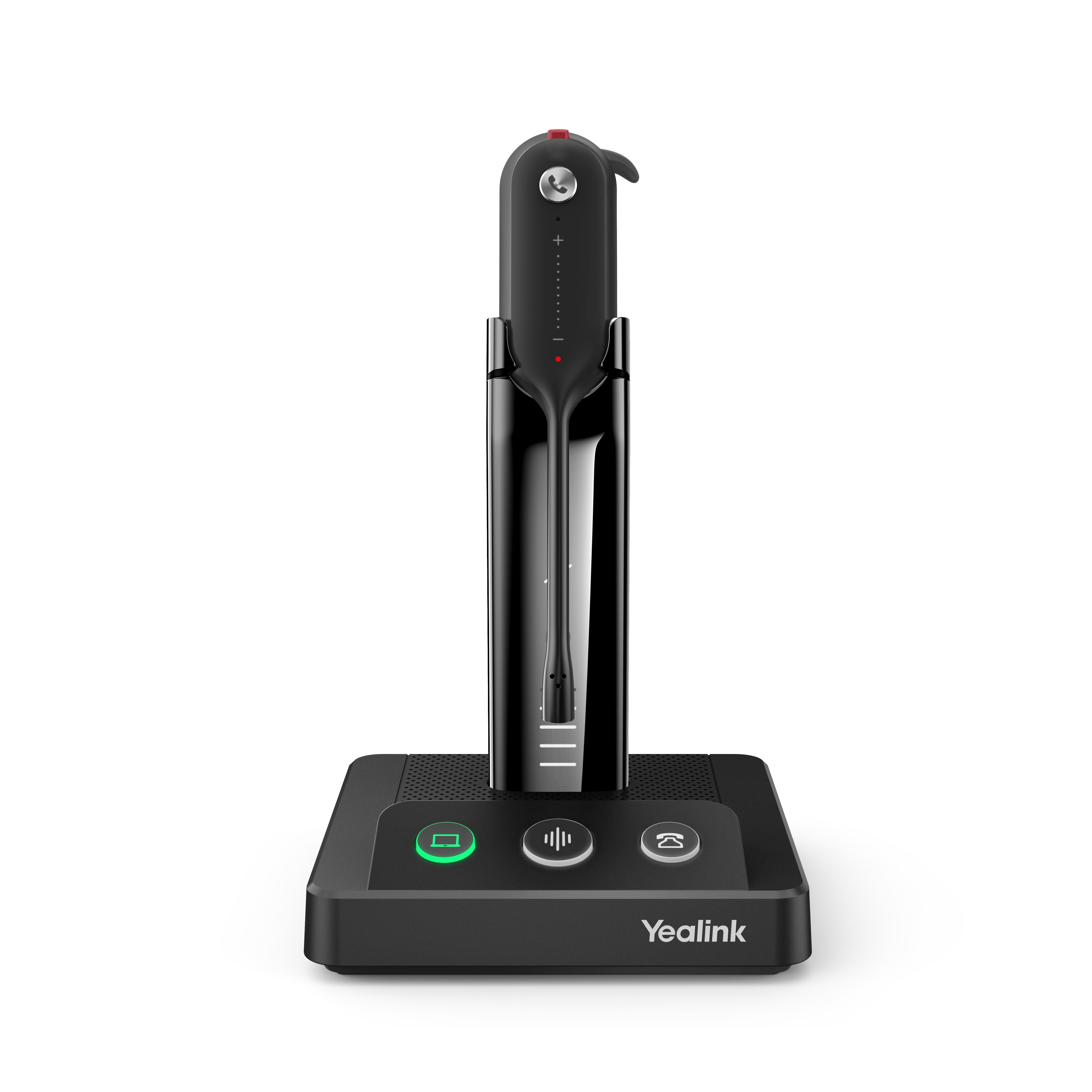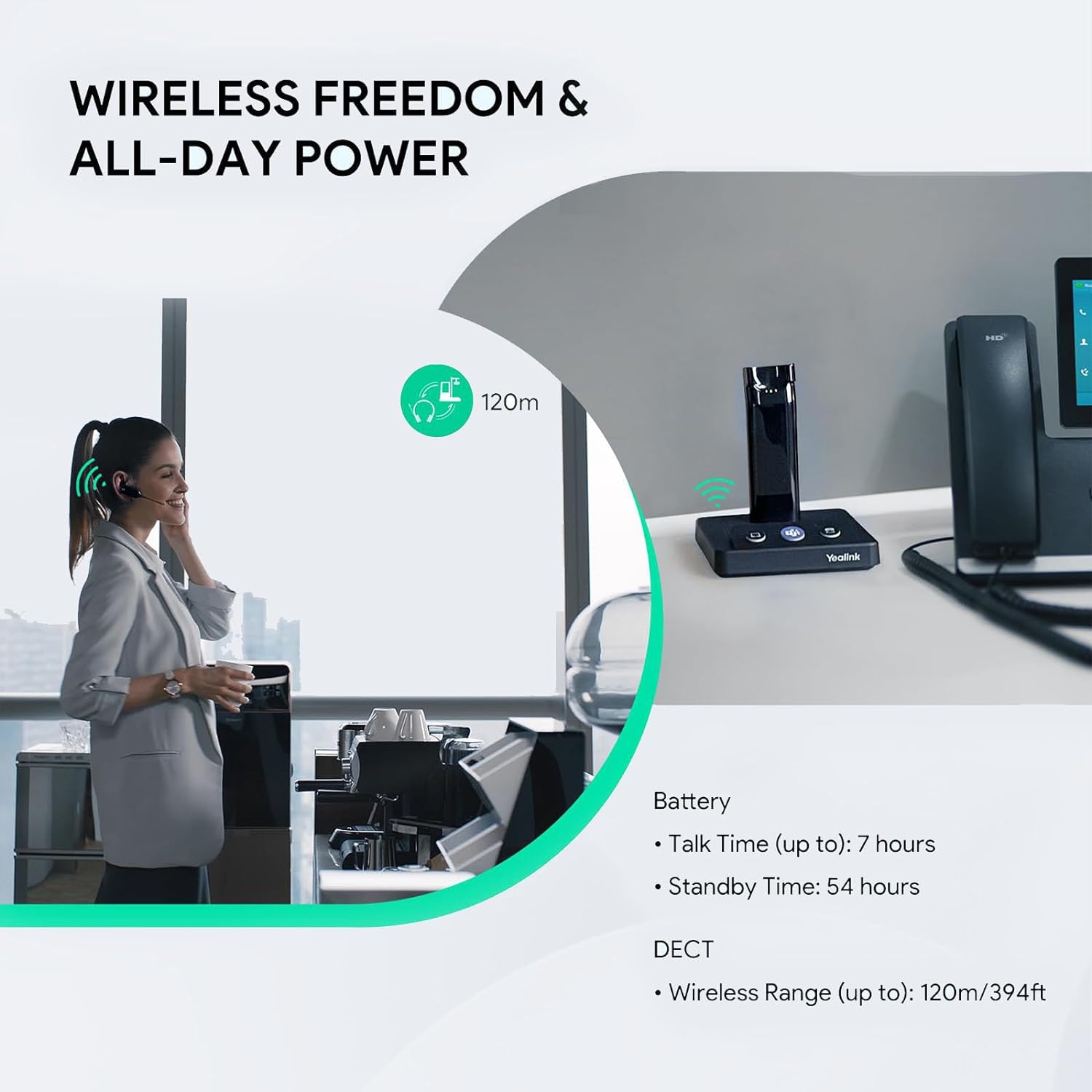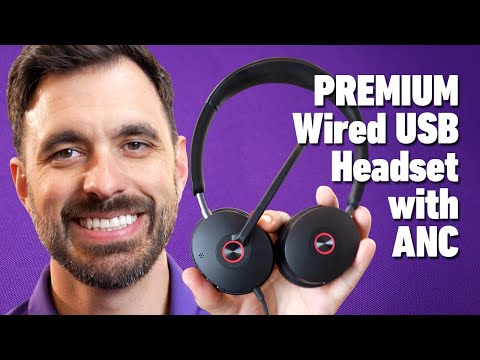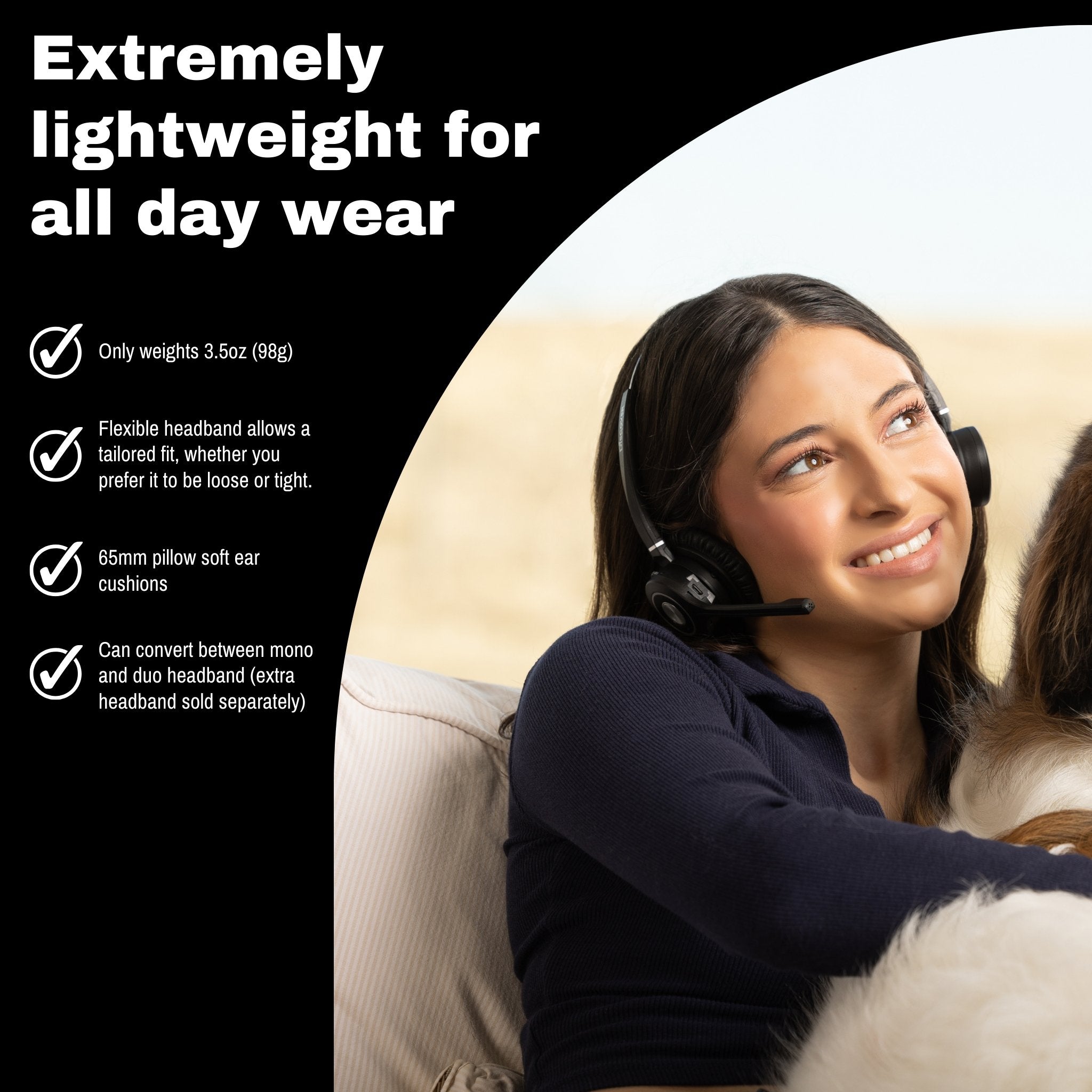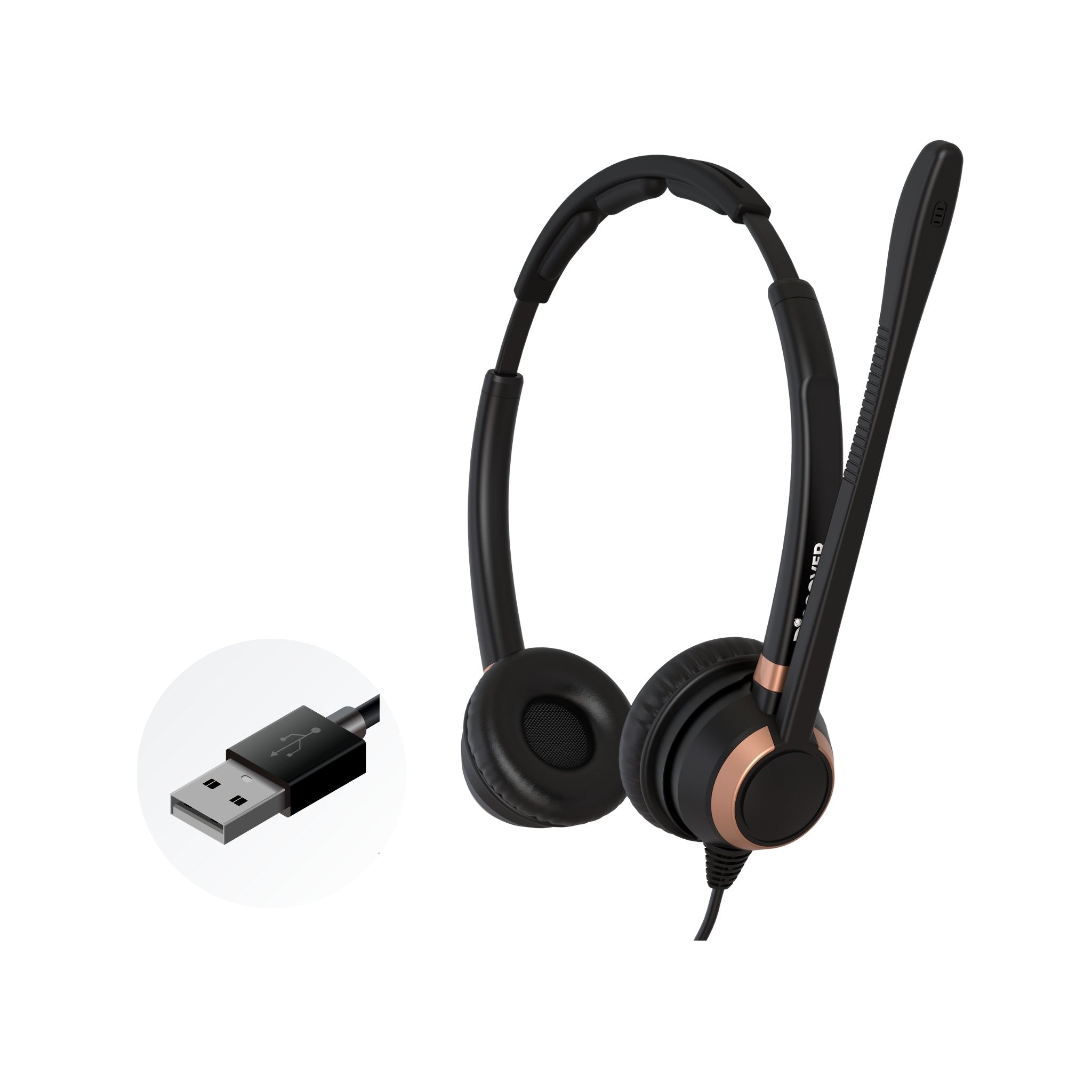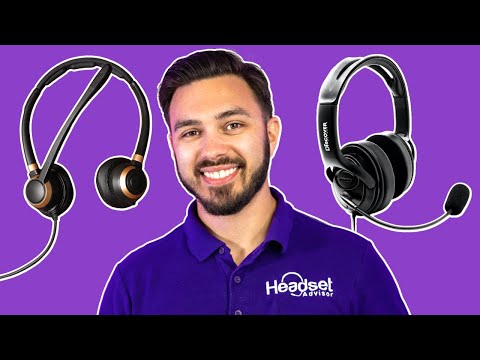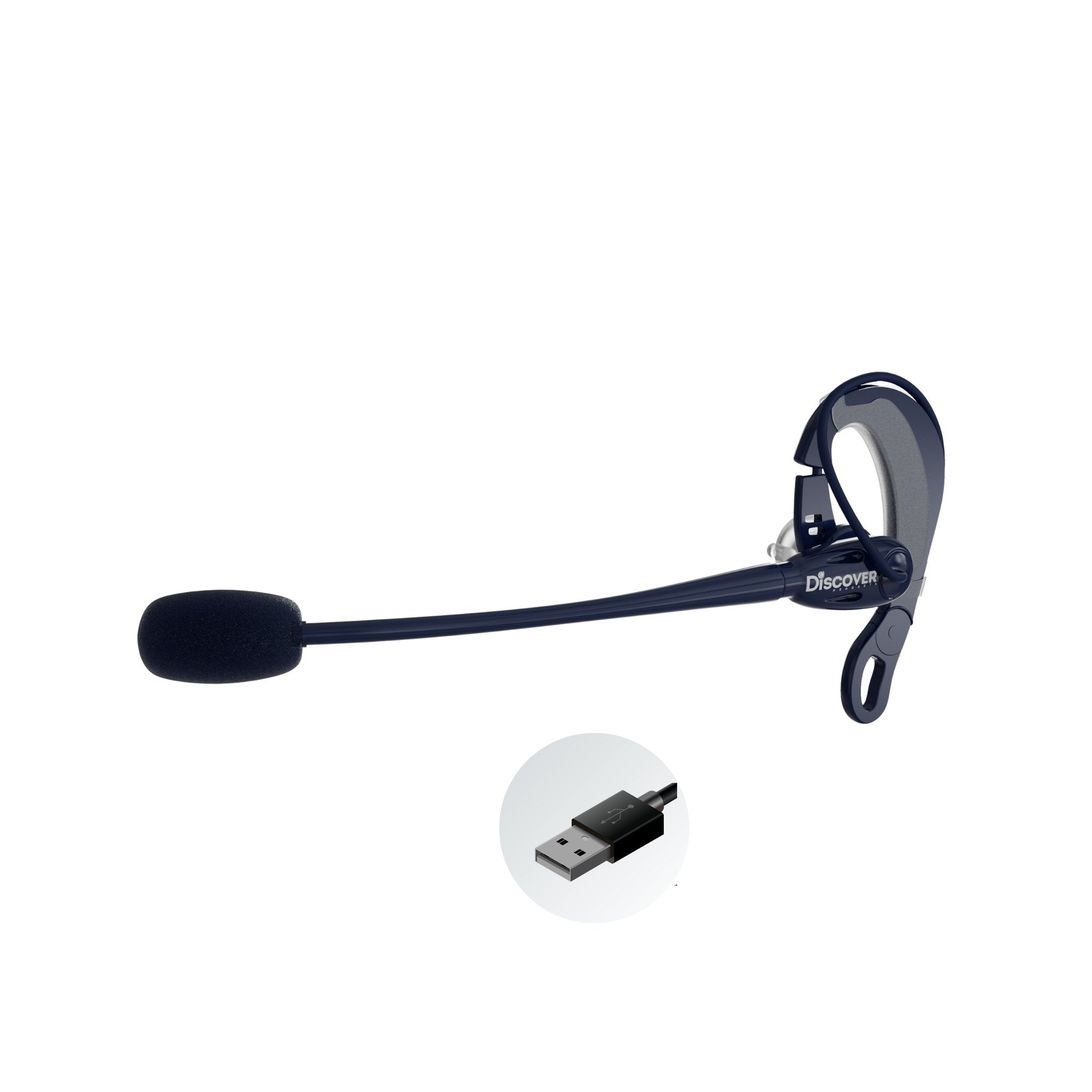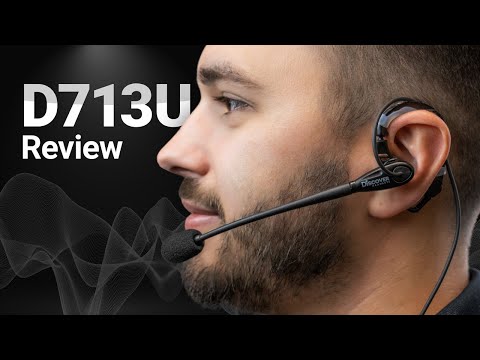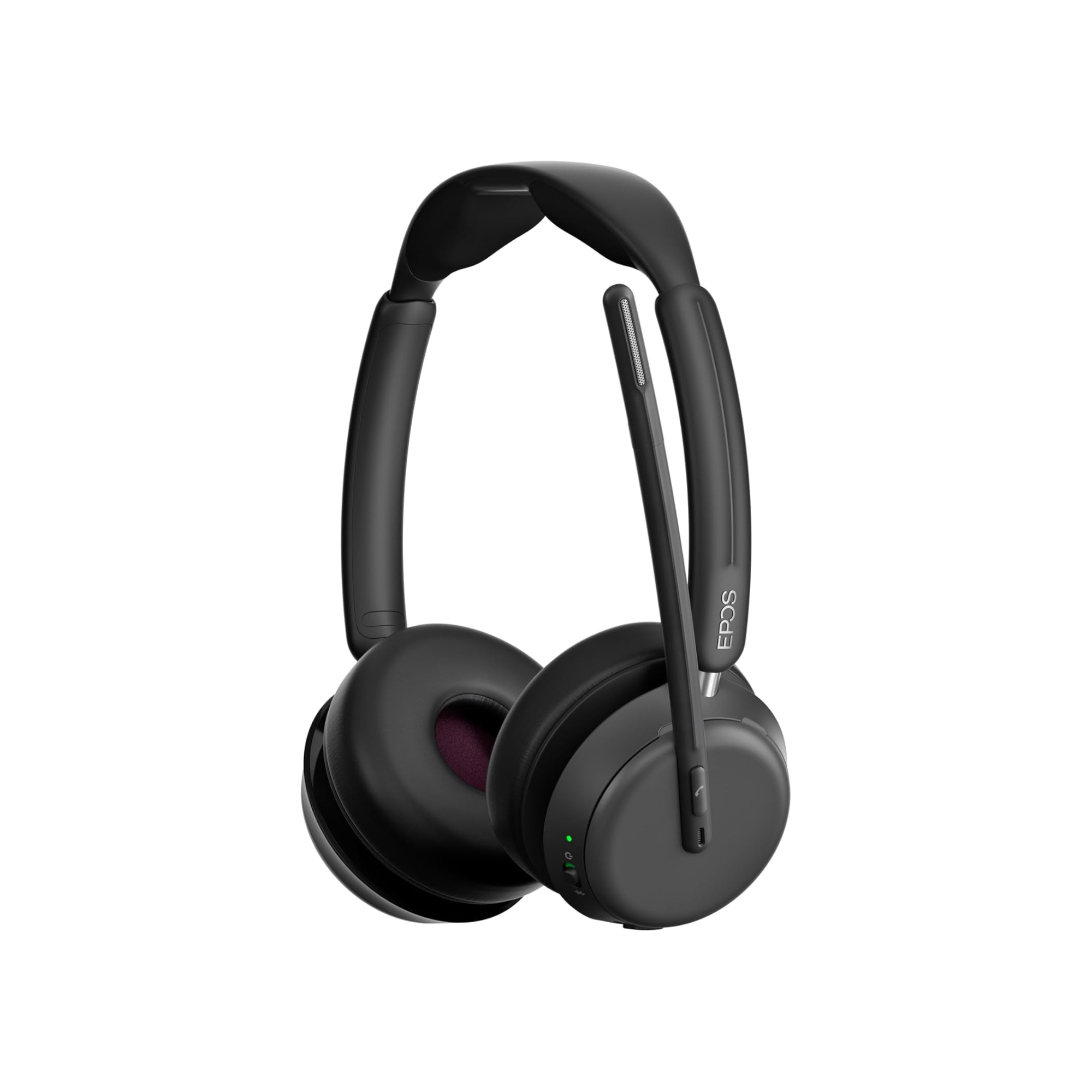When most people think of a wireless headset for their office needs, normally the names Plantronics (now called Poly), and Jabra probably come to mind. And, if that would be true for you, that’s understandable. After all, Poly and Jabra are the two biggest names for wireless headsets for desk phones and computers, worldwide.
There have been some newer entrants into this market recently though. Among them include Logitech, Discover and more recently, Yealink. It’s this latter brand that I’m going to cover in this blog.
Yealink has introduced several models that include wired and wireless headsets. I’m not going to go through the wired models, but instead, I’ll review the specifications of four wireless models. Specifically:
But, before I dive into all the details, I wanted to let you know that I recorded a video where I compare these models. In that video, I not only go over the specifications, but I put them all through some microphone and speaker tests.
These tests allow you to hear how each of them sound, and how well they do to remove unwanted background noise. One of the background tests I do is to place a blender on my desk, and then fire it up.
Not exactly something someone would do in their office while on a call I realize, but it does challenge the headset’s ability to remove a massive amount of noise that’s nearby.
So, if you’d like to watch this video, I’ll insert it immediately below for easy access.
If you’re still reading this then join me as I break down these four YeaLink wireless headsets.
Let’s start things off with how you wear each of these models.
Wearing style
Yealink WH62
Comes in two options. Over-the-head covering one ear, or over-the-head covering both ears.
Yealink WH63
This model is referred to as a “convertible” headset. That simply means that you can “convert” it from one wearing style to another. In this case you can wear the WH63 on the ear, over the head or behind the neck.
Yealink WH66
Like the Yealink WH62, the WH66 also comes in mono or duo.
Depending on your personal preference, one of these wearing styles should appeal to you. Maybe you want the versatility that a convertible headset offers.
You might prefer to wear a headset over the head covering one ear so you can hear what’s going on around you. You might be someone who doesn’t want to hear surrounding room chatter and prefers to have both ears covered.
Whichever way you like to wear a headset, YeaLink has a style that you’re sure to appreciate.
Yealink WH67
The WH67 is identical to the WH63, other than it has the touch screen, USB hub and speakerphone added.
How heavy are these headsets?
Let’s find out.
Yealink WH62 weighs in at 2.8 ounces.
Given that this is a mono headset, that puts it into the lighter category. So, choosing this model you should expect a comfortable, lightweight headset.
Yealink WH63 tips the scales at .67 ounces (not 67 ounces, but point 67).
This is a very lightweight headset which you need for an on ear headset. The last thing you want is to have a headset that’s worn over the ear and have it heavy and bulky.
That’s not the case with the WH63. As they say in marketing literature, “it’s feather light” Not so far off the truth with the WH63.
Yealink WH66 weighs 4.4 ounces.
This is also regarded as on the lighter side for an over the head, dual ear headset. Having both ears covered with a lightweight headset suggests that you can likely wear this headset for long periods of time without discomfort or the dreaded headset fatigue.
Yealink WH67 comes in at .67 ounces.
That’s because this is the same headset as the WH63, and as a result, weighs the same. So, that makes this headset also lightweight and comfortable to wear over the ear, or over the head.
Depending on your preferred wearing style, any of these YeaLink headsets should give you a comfortable wearing experience based on their weight. Compared to other headsets in the market, these models tend to be on the lighter side, and with a headset, lighter isn’t a bad thing.
What technology do these headsets use to communicate?
The YeaLink WH62 and WH63 both use Dect 6.0 technology. This is a radio frequency that’s designed for use with communication devices such as headsets. This signaling does a better job at not being disrupted by other wireless devices.
Older wireless headsets used other types of technology, and they were found to be problematic which is why the manufacturers all have begun to use Dect 6.0 because it works very well.
The YeaLink WH62 and WH63 are both designed to be used with a computer and certain desk phones, notably YeaLink and certain Polycom models.
The YeaLink WH66 and WH67 both use Dect 6.0 AND Bluetooth. These models have dual capacity because they connect to multiple devices. They are capable of connecting to desk phones, computers as well as mobile devices like mobile phones and tablets.
Phone and computer connections are made using a USB dongle, where the mobile connection is carried out using Bluetooth connectivity. Like the WH62 and WH63, the 66 and 67 models connect to YeaLink and certain Polycom phones.
Being these are all wireless headsets, how long does the battery last?
Good question. Here’s the answer:
WH62 - 13 hours of talk time
WH63 - 8 hours of talk time
WH66 - 14 hours of talk time
WH67 - 8 hours of talk time
For the vast majority of people, an 8 hour battery is sufficient to get them through even a busy day. If for some reason that just isn’t enough battery life to complete a full day, you do have the ability to get a charge burst by placing the headset into the charging cradle when taking a break and over the lunch period.
In most all cases, that infuses enough charge into the battery to complete the day with battery life to spare. That said, any of these models should be adequate for just about anything anyone would be needing.
What about the wireless range? How far can I walk away from my desk?
Solid question. After all, these are wireless headsets and one of the big reasons to buy one in the first place is to be wireless, and able to move around your work area freely. Here’s what YeaLink states as the wireless range on these four models.
YeaLink WH62 - up to 535 feet
YeaLink WH63 - up to 394 feet
YeaLink WH66 - up to 535 feet
YeaLink WH67 - up to 394 feet
As you can see from the wireless range estimates above, there’s a pattern. The pattern being the convertible models are rated at 394 feet while the models worn over the head are rated to go up to 535 feet. My sense is that the convertible models, being smaller in size, have less room to house not only a larger battery for longer talk time, but also a larger antenna for longer wireless range.
While on the subject of wireless talk range here’s something to keep in mind when having a vision of being able to move all over your huge office area on your new wireless headset. Wireless headset range estimates are based on an “open field” or “line of sight” method.
That means in the tests that are used to determine wireless range, there are no obstructions between the wireless headset base, and the wireless earpiece. There’s nothing to get in the way of the signal to degrade it. In an actual, real world situation, you have many obstacles such as walls, windows, desks, elevators, people and the list goes on.
Each of these things can cause a wireless signal to be weakened and when that happens, you end up with less wireless talk range. With that in mind, you might want to consider cutting the stated wireless range in half in order to get a more realistic range estimate.
How do Yealink wireless headsets sound?
That’s a reasonable thing to be curious about for sure. We all want to sound our best, especially when on important video or phone calls. That said, how do all these models sound anyway? Well, let’s find out.
The Yealink WH62, WH63, WH66 and WH67 all have noise cancelling microphones with Yealinks patented Acoustic Shield microphone technology. This microphone is designed to allow you to be heard loud and clear, while at the same time, helping to remove unwanted background noise.
As I mentioned earlier, I made a video on these products, and that video includes a microphone sound test. If you’d like to hear how they sound for yourself, make sure to check out my video.
I run these wireless headsets through the paces and you might be impressed how they performed. I know I was. In particular, the noise cancellation feature simply slays background noise. If you work in a noisy environment, and you don’t want that sound to be part of your call, consider any of these YeaLink models. The microphones are superb.
If you’d like to hear a sound test of the Poly (formerly Plantronics) Acoustic Fence microphone technology against the Yealink Acoustic Shield microphone technology, check out the video below where I put them up against each other.
Which Yealink wireless headsets have that nice touchscreen?
It is pretty cool don’t you think?
The Yealink WH66 dual ear speaker model has that nice 4 inch LCD touchscreen, as does the WH67. I’ve tested other headsets that have a touchscreen, and it’s my opinion that the YeaLink models noted here do a fantastic job.
They’re very easy to use, the response following a touch is great, and maybe even best of all, you can adjust almost anything directly from the screen without the need to download software.
That’s huge in particular within organizations that prohibit downloading software.
I see that as a big advantage, one that should be of interest for enterprise IT staff that manage networks and establish organizational technology rules and regulations.
What wearing styles come with the convertible headset models WH63 and WH67?
These headsets really give you wearing options. I’d say more than what you normally get from other brands. Here’s why I say that.
Here’s what you get when you order the YeaLink WH63 and WH67:
- Mono headband for over the head, single ear wearing
- Neckband so you can wear the headset behind your neck
- Earloop
- 8 different types of earbuds
With an exception of a dual ear wearing style, these headsets pretty much cover every other base in terms of available headset wearing styles. So, if a double ear headset isn’t your cup of tea, then the WH63 and WH67 will come with a wearing option that’s bound to be right for you.
What’s the warranty on these Yealink headsets, 1-year?
A 1-year warranty isn’t all that uncommon for a wireless headset. However, YeaLink gives you more.
All of these wireless headsets come with a full 2-year warranty. That’s longer than many, but less than a few, like the Discover Adapt 30 for example which comes with a eye opening 3-year warranty. By wireless headset standards, a 3-year warranty is very long.
The 2-year warranty offered by Yealink is solid too. Longer peace of mind is never a bad thing, right?
These headsets are solid, they must cost a lot.
I guess that depends on your budget. These models are priced from lower than many wireless headsets to knocking on the door of the upper range. Here’s how the different models are priced. Keep in mind that these are manufacturer suggested selling prices.
Yealink WH62 - $169.00
Yealink WH63 - $199.00
Yealink WH66 - $339.00 (mono version runs $299.00)
Yealink WH67 - $299.00
As you can see, you can get a YeaLink wireless headset for $169.00, which is a great buy on a quality headset. You can also get one of these models for $300.00 to $340.00 which would put those in the mid-tier or higher.
Much depends on what your budget can justify as well as what your specific needs are. Based on the many features, sound quality and warranty, any of these models should be a solid choice.
Final thoughts
Simply stated, YeaLink has come out with some impressive wireless headsets. They’re not perfect, but they’re very good, especially considering this is their first entry into the headset space. Their first swing results far outshine many others that I’ve seen, worn and tested.
The WH62 model and the WH66 have a USB A port that can be used to charge a mobile phone, or to plug in a wireless mouse for your computer for example. That spare port can come in handy for sure, and that’s something you don’t see on other headsets.
When connecting a Yealink wireless headset to a YeaLink phone, you have the added advantage of remote call answering. Being able to answer a call when away from your desk isn’t anything unusual. However with the YeaLink wireless headset, you aren’t required to purchase the optional accessory needed to get remote call answering.
Other brands require an optional handset lifter, or Electronic Hookswitch Cable in order to be able to answer a call when away from the desk. That cost is avoided with the Yealink wireless headset when connected to a YeaLink phone.
When using the WH66 and WH67, it’s highly useful to have that large 4 inch touchscreen. No software download required which is very convenient for the user, and in line with many company policies against downloading software. The screen is also nice because it gives you so many ways to adjust the headset functionality right from the screen. Very convenient and it works flawlessly.
On these same models, the WH66 and WH67, you also have the option of being able to add a plug in module that mounts right next to the display screen. This is to support your mobile phone and as an added bonus, it also charges your phone while it’s docked. Mobile phones always seem to consume a lot of battery and as a result, they always seem to be in need of a charge. This helps to address that issue while having it conveniently facing you.
The WH66 and WH67 also have a fully functioning speakerphone in the base. This means that if your headset is unavailable, you have the option to use the embedded speakerphone. This may not be your first choice, but it does give you another use option.
The WH63 and WH67 have an interesting hearing volume adjustment. In order to raise or lower the hearing volume, you simply slide your finger along the side of the earpiece. No buttons to press. This isn’t a totally unique feature, but it is a feature you don’t commonly find on wireless headsets.
Depending on your budget and your needs, this information should help you to know more about the wireless headsets offered by YeaLink, and help to narrow down your choices. Hopefully you found this blog helpful, and thanks a lot for reading it.
Have headset questions, or need some help?
If you have questions about headsets, and you’re not sure where to turn to get answers, look no further than to Headset Advisor. We’ve been consulting with customers since 1994, and we can be a great resource for you.
Call us, email us, text us or chat live with us. We’re here to help you find the perfect headset that’s comfortable, sounds great, compatible with your system and within your budget. We even have a trade-in program for old headsets, and we offer a monthly headset rental plan too.
Resources
YeaLink WH66 datasheet
Yealink WH67 datasheet

